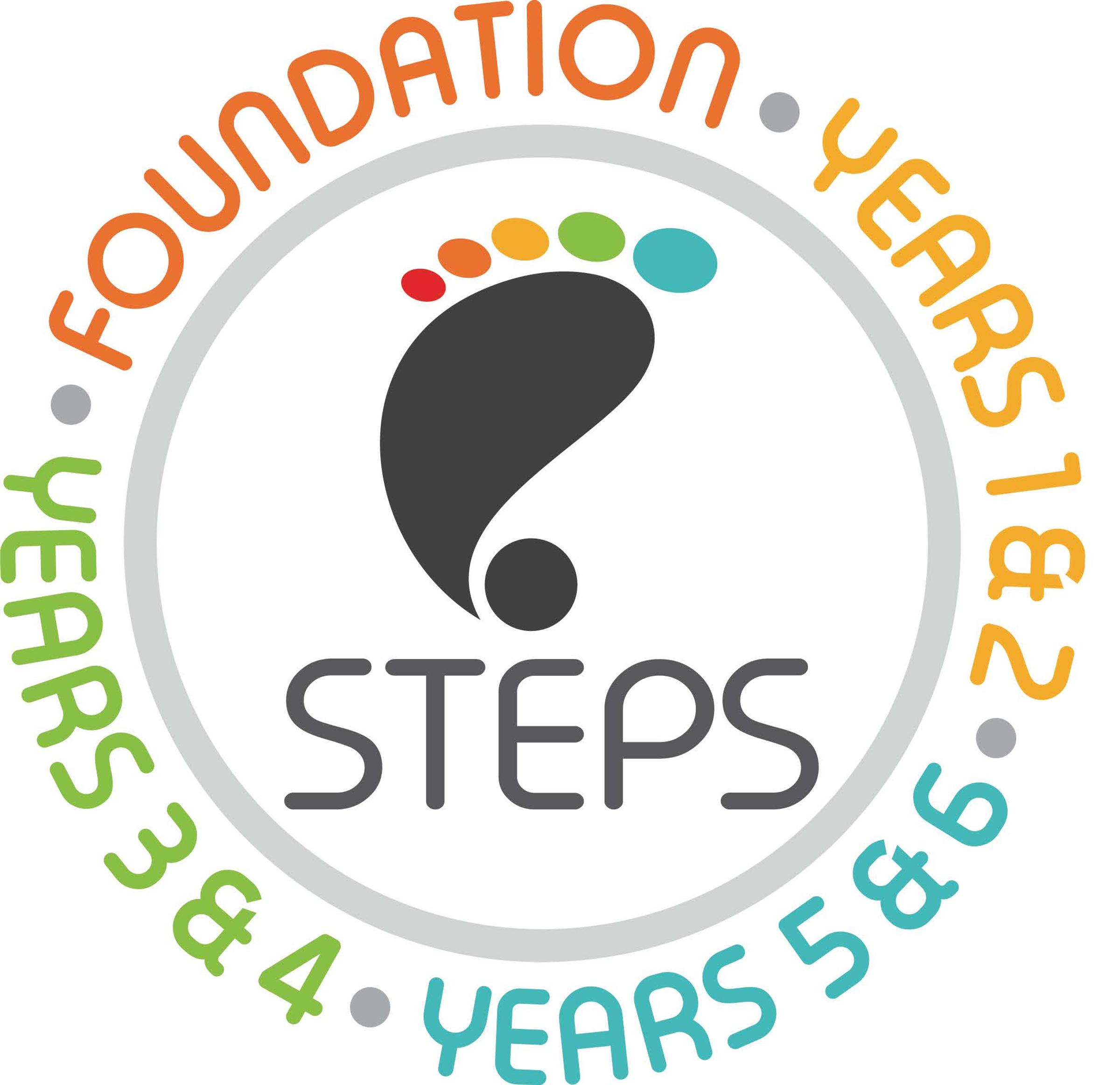BIG LIFE - Footsteps

Term 2 - Week 11
Footsteps Classroom Learning:
Building Strength from the Inside Out!
Students have been learning about their character strengths — the positive qualities that help us think, feel, and act in ways that support ourselves and others. Everyone has their unique mix of strengths, tools that we can use everyday, but especially when life gets tricky. We can “dial up” different strengths to help us stay calm, solve problems, and bounce back — like turning up the volume on a speaker when we need to hear it louder!
How You Can Support This at Home:
- Complete the VIA strengths Survey and share your strengths with your child or use the Big Life poster to self-identify as a family.
- Talk about strengths: Ask your child, “What strengths did you use today?” or “Which strength helped you solve a problem?”
- Spot strengths in action: Praise your child when they show character — for example, “I noticed your perseverance when you didn’t give up.”
- Play the 'Strength Switch' game: When your child is faced with a challenge and is getting frustrated or upset, ask: “Which strength could help you right now?”
- Use books or shows to spot characters using strengths (e.g. Moana using bravery, or Paddington showing kindness).
Welcome to Big Life - Footsteps
We are excited to be working with A Big Life implementing their Footsteps Program across all year levels in our school. The Program has been developed and informed by evidence and in collaboration with students, teachers, and parents of our local Warrnambool & District Schools, to ensure that it meets the needs of young people in our local context. The program also aims to lean into our schools’ current strengths and the great work that is already happening. The Footsteps Program is supported by Warrnambool Student Wellbeing Association, Fletcher Jones Foundation, La Trobe University, and the Department of Education.
The Footsteps Program provides classroom lessons and teacher professional development, to support students to build the skills and capacity to navigate life’s ups and downs and safeguard their mental health. Each fortnight students participate in a new Footsteps lesson and parents can access these resources through the Parent Website. https://sites.google.com/education.vic.gov.au/biglifefootstepsparentaccess/about-footsteps
We encourage parents to extend and support this learning and conversation at home.
In the classroom we are exploring what causes us to feel different zones.
Emotions can sometimes feel like a mystery, but when children understand why they feel a certain way, they are better able to manage challenges and make positive choices.
At school, we use the Zones of Regulation to help students recognize their emotions and what causes them. By identifying what triggers different emotions—like frustration when a task is difficult (Yellow Zone) or ‘optimistic’/’eager’ when something fun is planned (Green Zone)—students can understand their reactions and feel more in control.
Knowing the cause of their emotions also helps children communicate their feelings more clearly. If they realize they’re feeling tired and unfocused (Blue Zone), they can express that they need a break. If they recognize they are overwhelmed (Red Zone), they can begin to step back rather than react impulsively.
By developing this self-awareness, students build confidence in managing their emotions, strengthening relationships, and staying engaged in learning.
